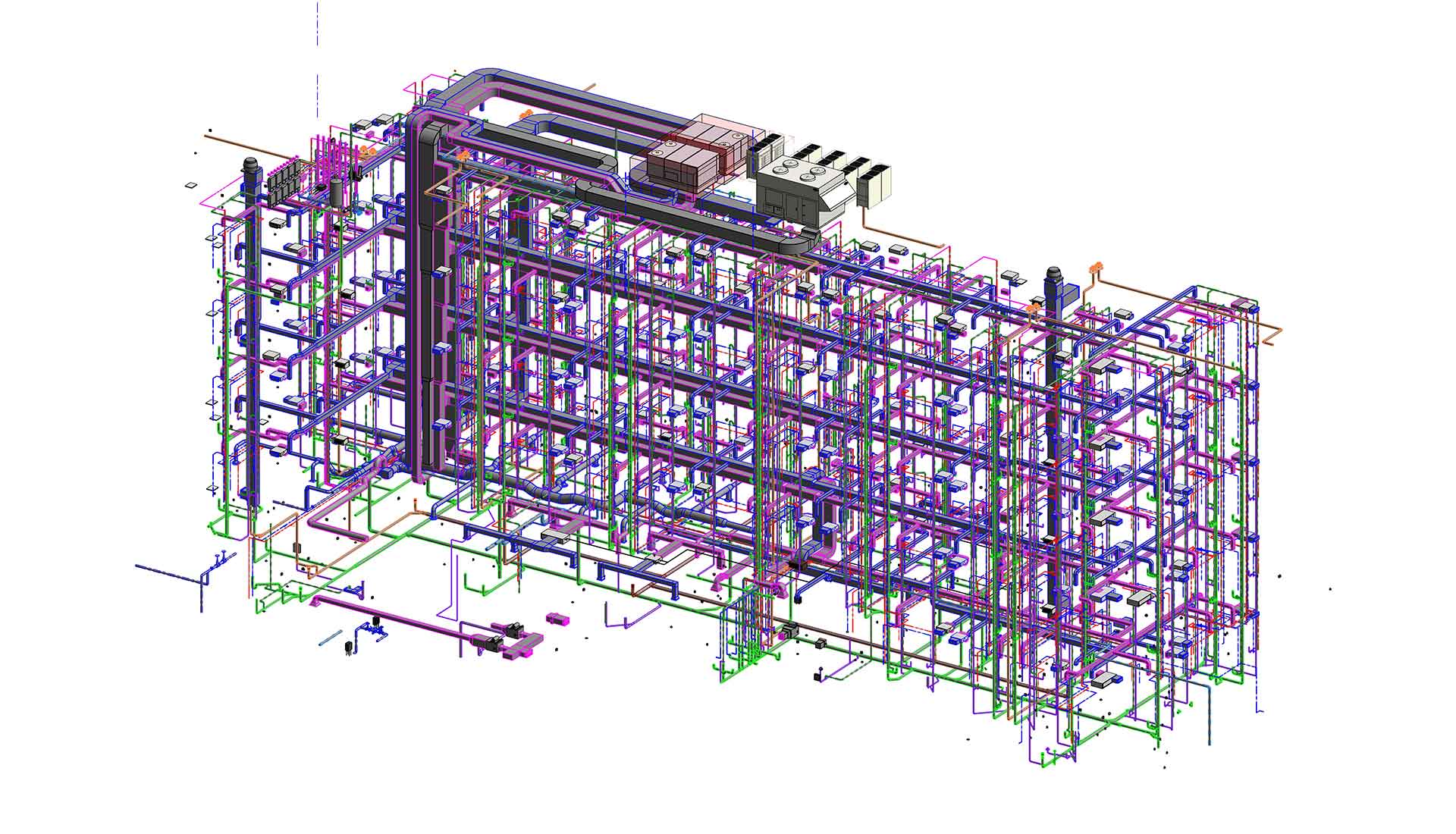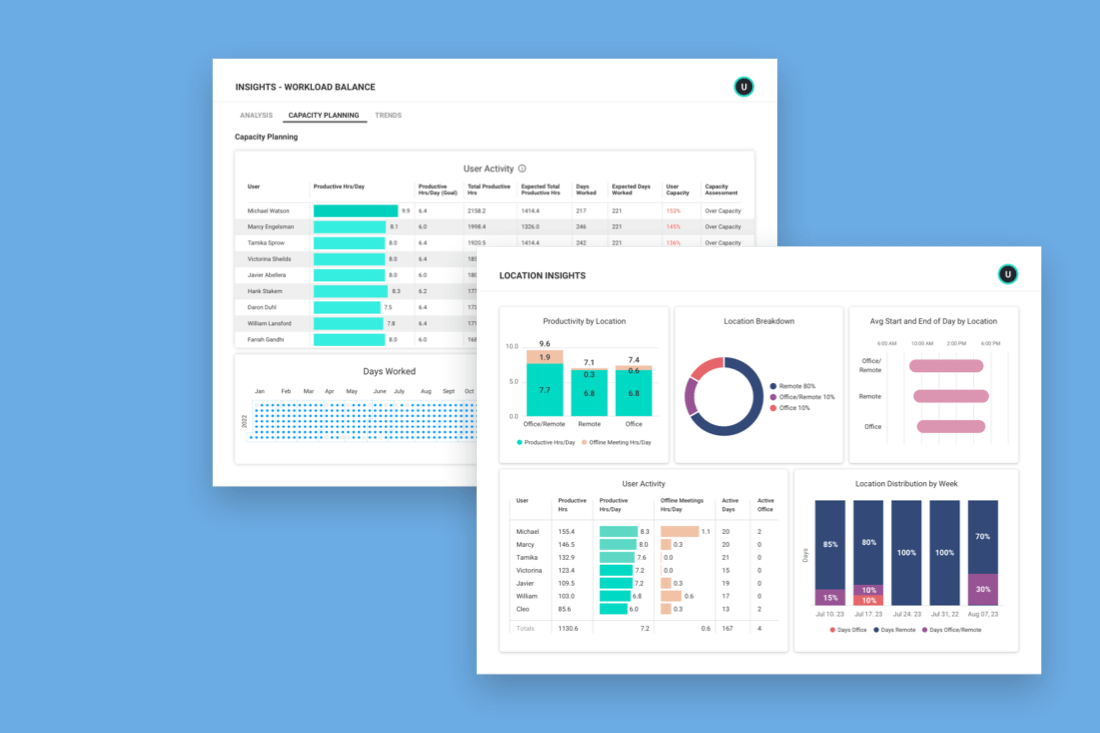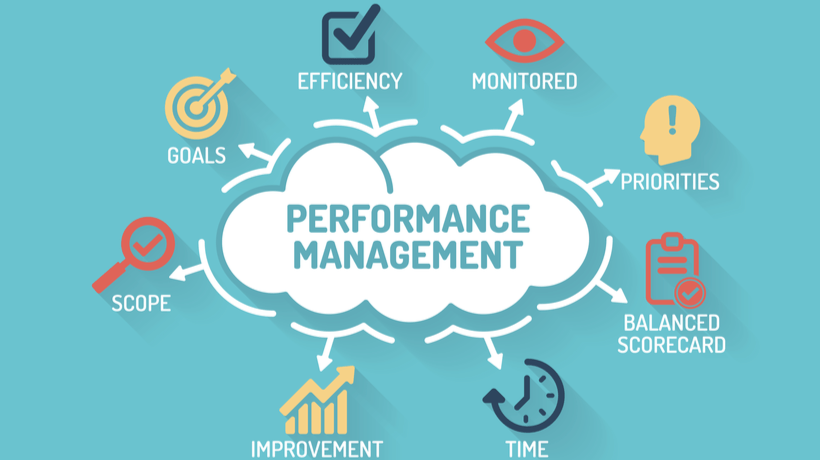Like many sectors, the construction industry is riding the wave of digitization. With every technological leap, the traditional ways of building and managing projects are transforming. This discussion delves into the digitization trends reshaping the construction sector and their impact on business operations.
Automation in Construction
The Rise of Robotics and ERP Systems
Automation is sweeping through the construction industry, propelled by robotic technology and advanced ERP systems. This shift aims to enhance efficiency and slash operational costs. Automation also promises quicker project completion and heightened safety standards, although it might make the daily grind a tad monotonous for those who miss the ‘hands-on’ approach.
Building Information Modeling (BIM)
Digital Blueprinting
Building Information Modeling (BIM) is fast becoming a cornerstone in construction planning. Serving as a digital twin of the physical building, BIM fosters improved collaboration across various teams and stakeholders. It not only helps in honing cost estimates but also streamlines the entire building process.
Advantages of Automation and BIM
Streamlining Operations
Embracing automation and BIM offers a plethora of benefits:
- Cost Reduction: Who doesn’t want to save money? Just be ready for the initial sticker shock of setup costs!
- Enhanced Safety: Fewer onsite accidents, unless one counts the occasional robotic mishap.
- Increased Efficiency: More gets done in less time, which is great unless you’re paid by the hour.
- Improved Collaboration: Makes teamwork almost seamless, except when it doesn’t.
- Accurate Cost Estimation: Get those budgets right, or at least closer than before.
The Changing Face of Construction
As more companies integrate these technologies, the construction landscape is evolving. Automation and BIM are not just about keeping up with the times—they’re about setting new benchmarks in efficiency and precision, albeit with a few digital bumps along the road.




Conclusion
The Slow and Steady March of Technology
The adoption of new technology in construction varies widely. While some companies sprint ahead, others take a more measured stride. However, the shift towards digital is undeniable and accelerating. Automation and BIM are spearheading this change, offering significant advantages like cost savings and better safety protocols. As these technologies become mainstream, they redefine how construction businesses operate, paving the way for enhanced efficiency and opening up new opportunities for cost management. So, as the industry evolves, staying updated isn’t just an option; it’s a necessity to remain competitive.









